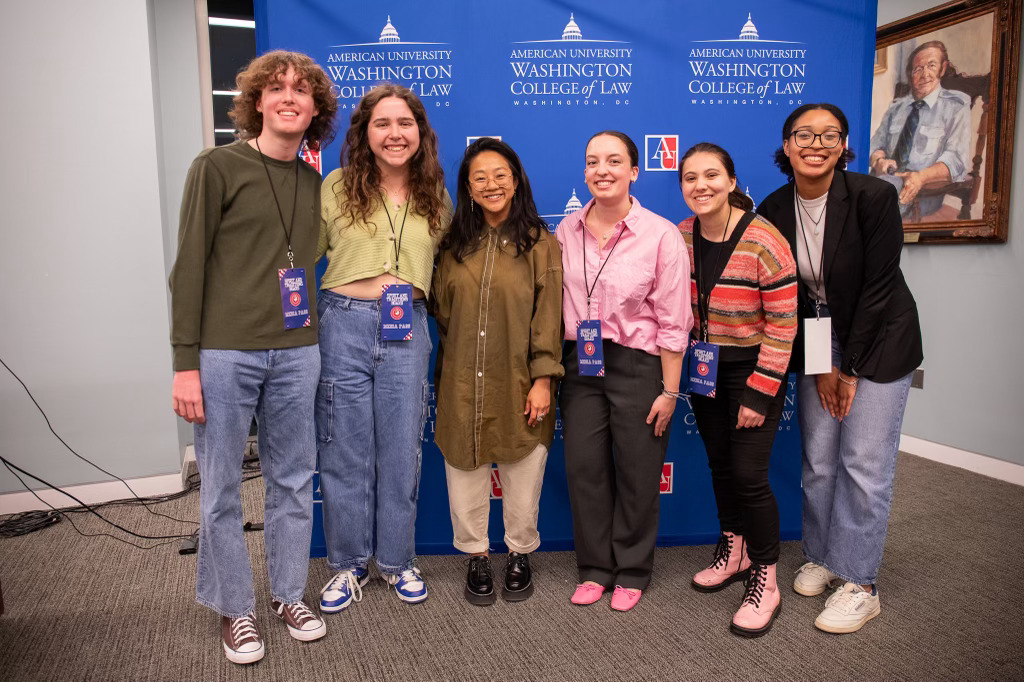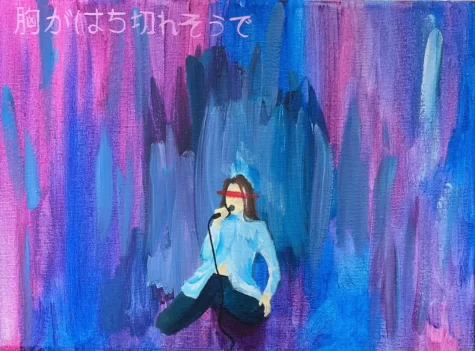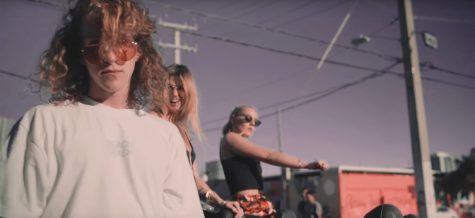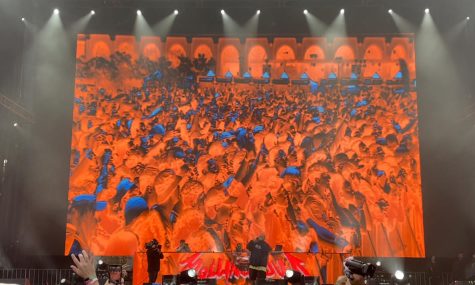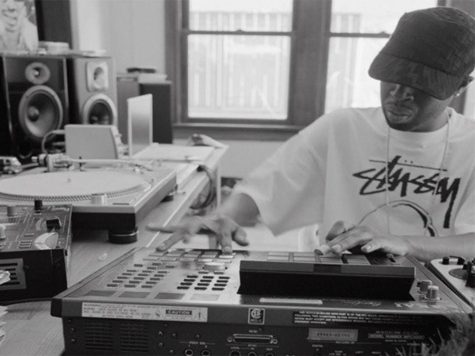Porque no los Dos: Rocüo D̼rcal
February 15, 2015

Courtesy of Durcal.
Family get-togethers for Latinos aren’t to see how much little Susan has grown or how Jimmy isn’t a starter on the soccer team. Latino get-togethers are to reminisce on the past. The presence of familiar faces takes us back to better times and we forget our problems and struggles through each other’s company. We tell stories about our childhood, we laugh about the stupid things we did and after a couple Coronas, the tears start flowing as we express how much we love each other. But what really propels these get-togethers is music.
This past Christmas break, I went back to Honduras after seven years of living “the American dream.” There were about 20 of us in my tio’s backyard. I was holding my niece in my right arm and plugging in my phone to the loud speakers with my left hand. I couldn’t recall the last time so many of us were together like this and it brought back memories of my dad and I singing Rocüo D̼rcal’s “Amor Eterno” in his pickup truck on our way to the ranch. Naturally, I played her song on the loud speakers and not two seconds went by before the whole room froze. It was like a spirit had caught everyone. Drinks in hand with their eyes closed, bodies started swaying with a gentle hand placed on the heart and a smile. The experience was mesmerizing.
The song has an incredible violin introduction, a subtle guitar tune and a beautiful melody that sounds like birds singing. Composed by Juan Gabriel for D̼rcal, it was the most defining song of her career. Juan Gabriel wrote it for her mother when she passed away, but the lyrics could be interpreted and dedicated to any kind of love. It begins with: “You are the sadness in my eyes that cry in silence for your love / I look myself in the mirror and I see your face / the time I’ve suffered for your goodbye.” The translation does not do the language justice, especially when Spanish has distinct words when speaking of love. “Face” isn’t cara, it’s rostro. “To enjoy” is not disfrutar, its gozar.
I truly believe that everyone in that family get-together closed their eyes to think about their own special memory surrounding its tune and its lyrics. D̼rcal’s song is one everyone grew up listening to. It was released in 1984 and I first heard it when I was about seven-years-old. The notes she hits are difficult and her vibrato is on point, but what makes it perhaps the most staple song for Latinos is the passion buried beneath every note, every instrument and every word. It’s our culture engulfed in one song.


